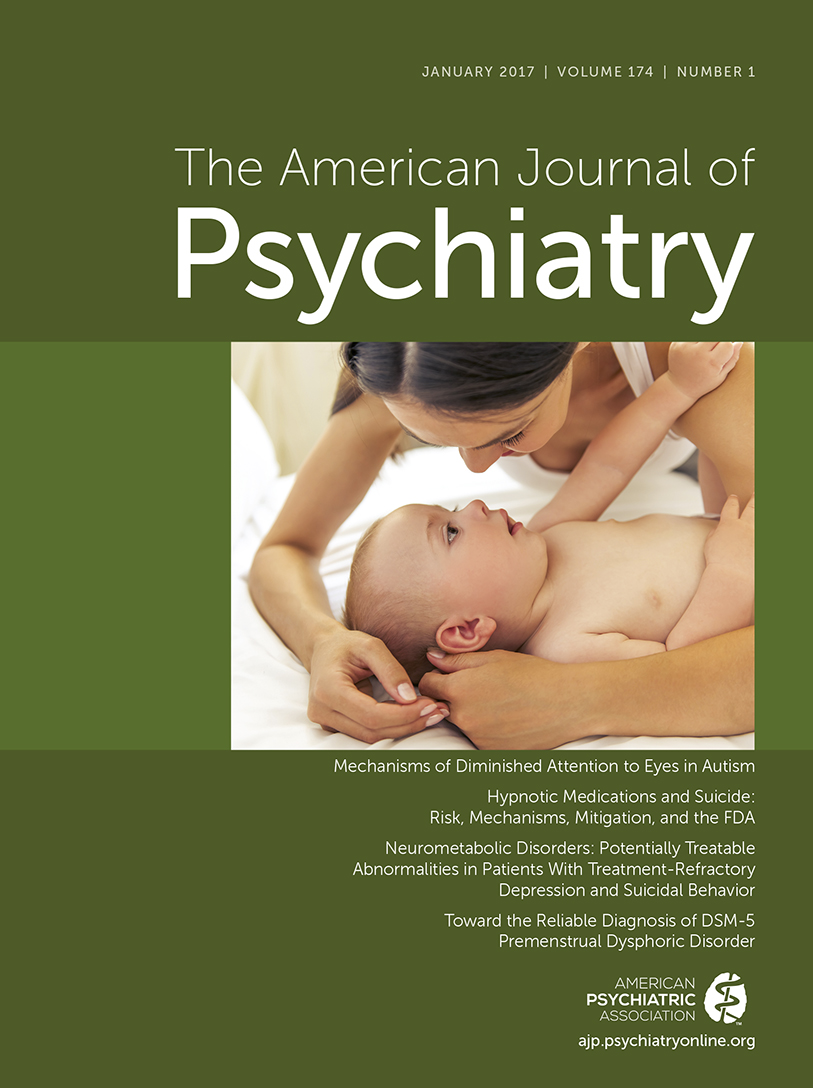Improving Firearm Safety in the United States: Response to Kapusta and Cramer
To the Editor: Kapusta and Cramer agree with our conclusion that restricting access to firearms by those at risk for suicide is an important approach for preventing many of the more than 20,000 firearm suicides that occur annually in the United States. The authors argue for universal gun control because they are persuaded by the evidence we present from other countries that effectively implemented national gun control legislation and regulation can lower firearm suicide rates (1). They differ from us as to how they respond to the facts that lobbying efforts over many decades have failed to generate effective national gun control legislation in the United States (2) and that measures at the state level vary enormously from minimal to more comprehensive. Those states with more comprehensive gun control laws have lower firearm suicide rates than states with the fewest controls (3). We make it clear how effective national gun control measures are at preventing firearm suicides when applied properly in other countries (1). If such measures could be enacted in the United States, we believe they would lower the firearm suicide rate. Our point is that there is much we can do beyond advocating for such measures. There are many important firearm suicide prevention measures that can be employed right now, without waiting for universal gun control in the United States. Many horrific, wanton, multiple homicides all over the United States over many years have not galvanized Congress into passing meaningful national gun control. It is the right thing to do. There just is not enough public support and congressional will to do that at present. Let us improve gun safety right now because that appears to have the support of most of our society. Storing guns more safely in the home and smart gun technology are universal measures that can help. Identifying who is at risk for suicide and restricting their access to firearms involve a partnership between doctors who see most suicides within 30 days of the suicide (4) and the families of these individuals.
1 : Change in suicide rates in Switzerland before and after firearm restriction resulting from the 2003 “Army XXI” reform. Am J Psychiatry 2013; 170:977–984Link, Google Scholar
2 : The evolving position of the American Psychiatric Association on firearm policy (1993–2014). Behav Sci Law 2015; 33:178–185Crossref, Medline, Google Scholar
3 : Firearm legislation and firearm-related fatalities in the United States. JAMA Intern Med 2013; 173:732–740Crossref, Medline, Google Scholar
4 : Contact with mental health and primary care providers before suicide: a review of the evidence. Am J Psychiatry 2002; 159:909–916Link, Google Scholar



